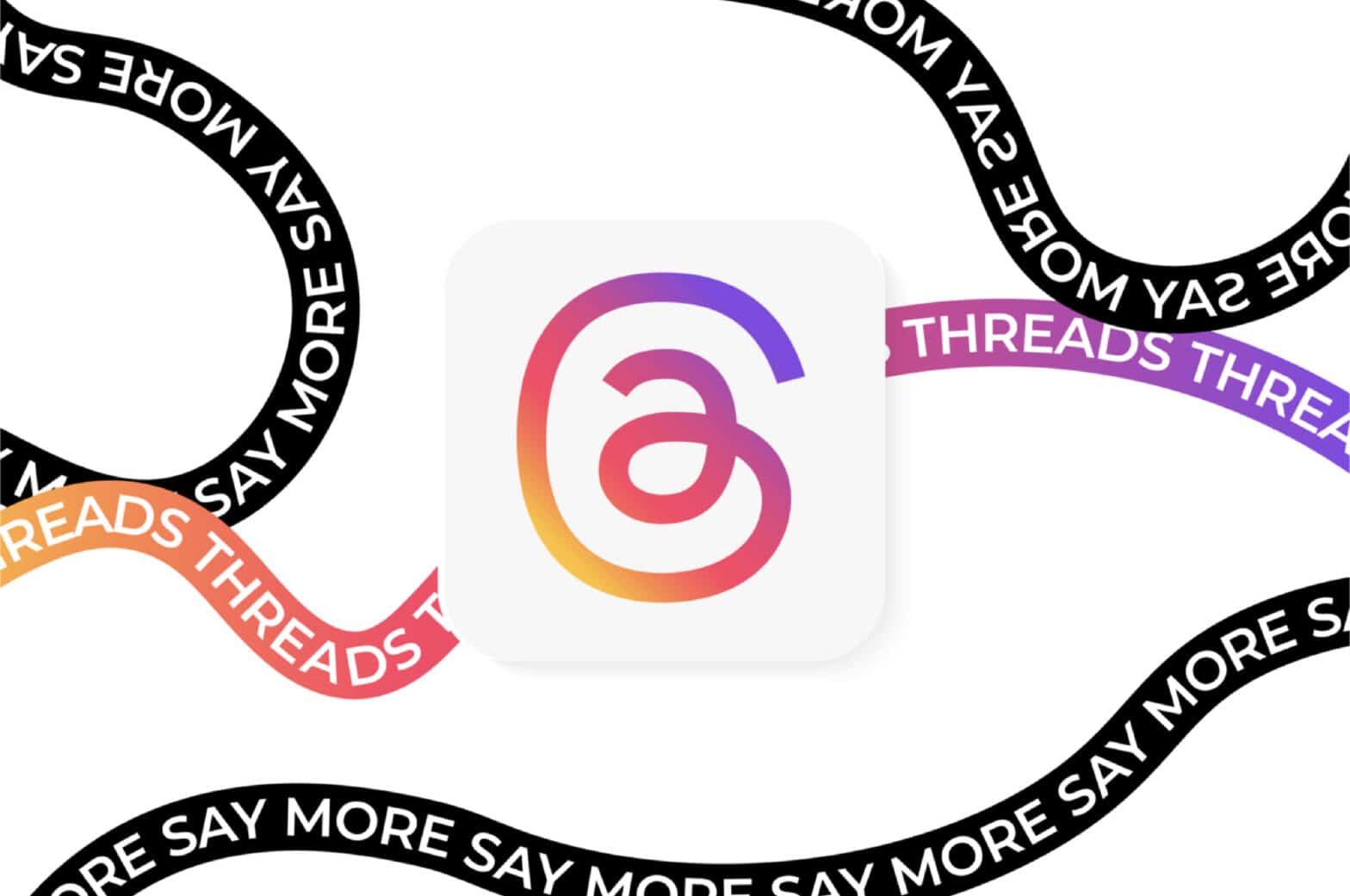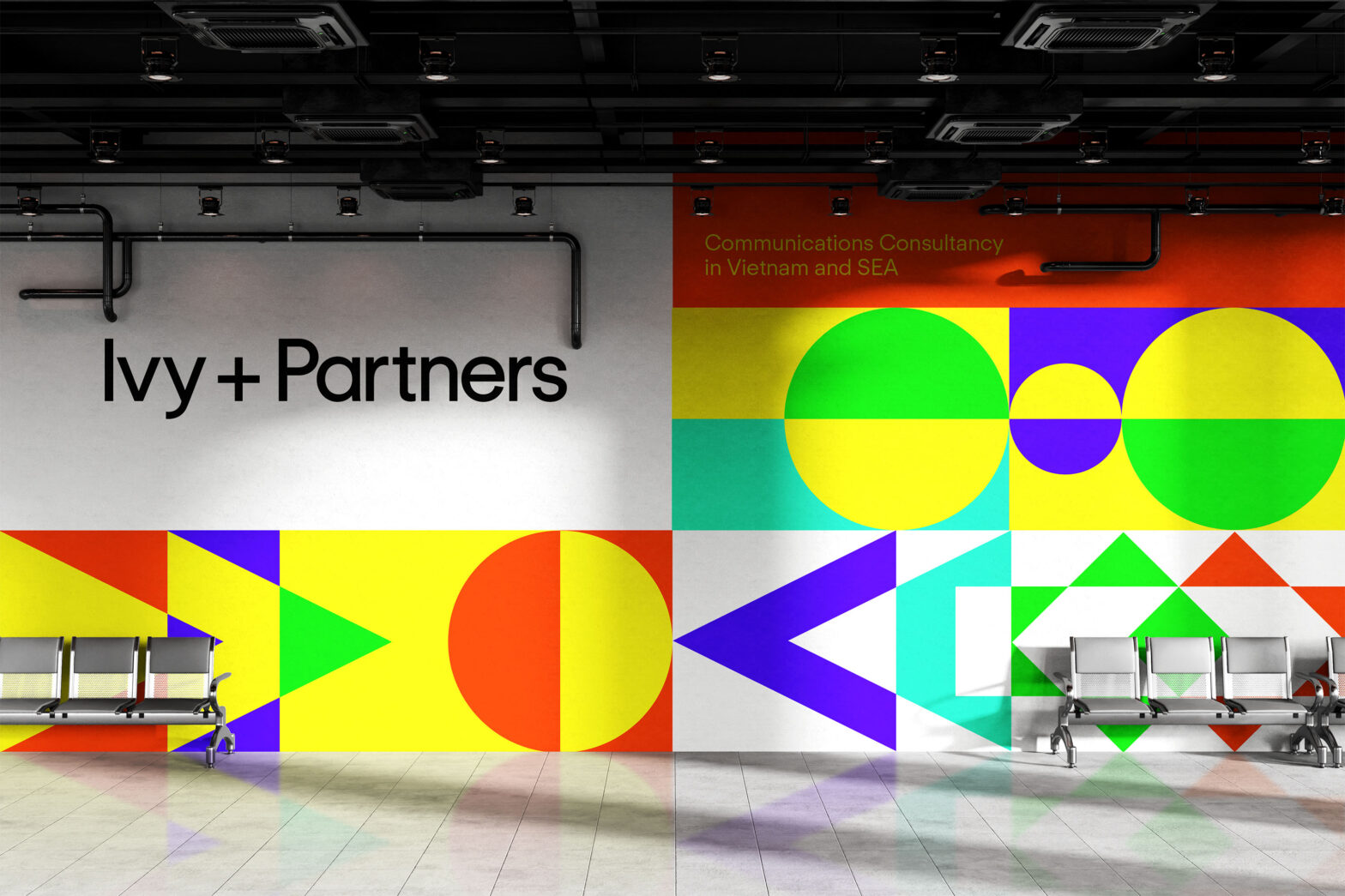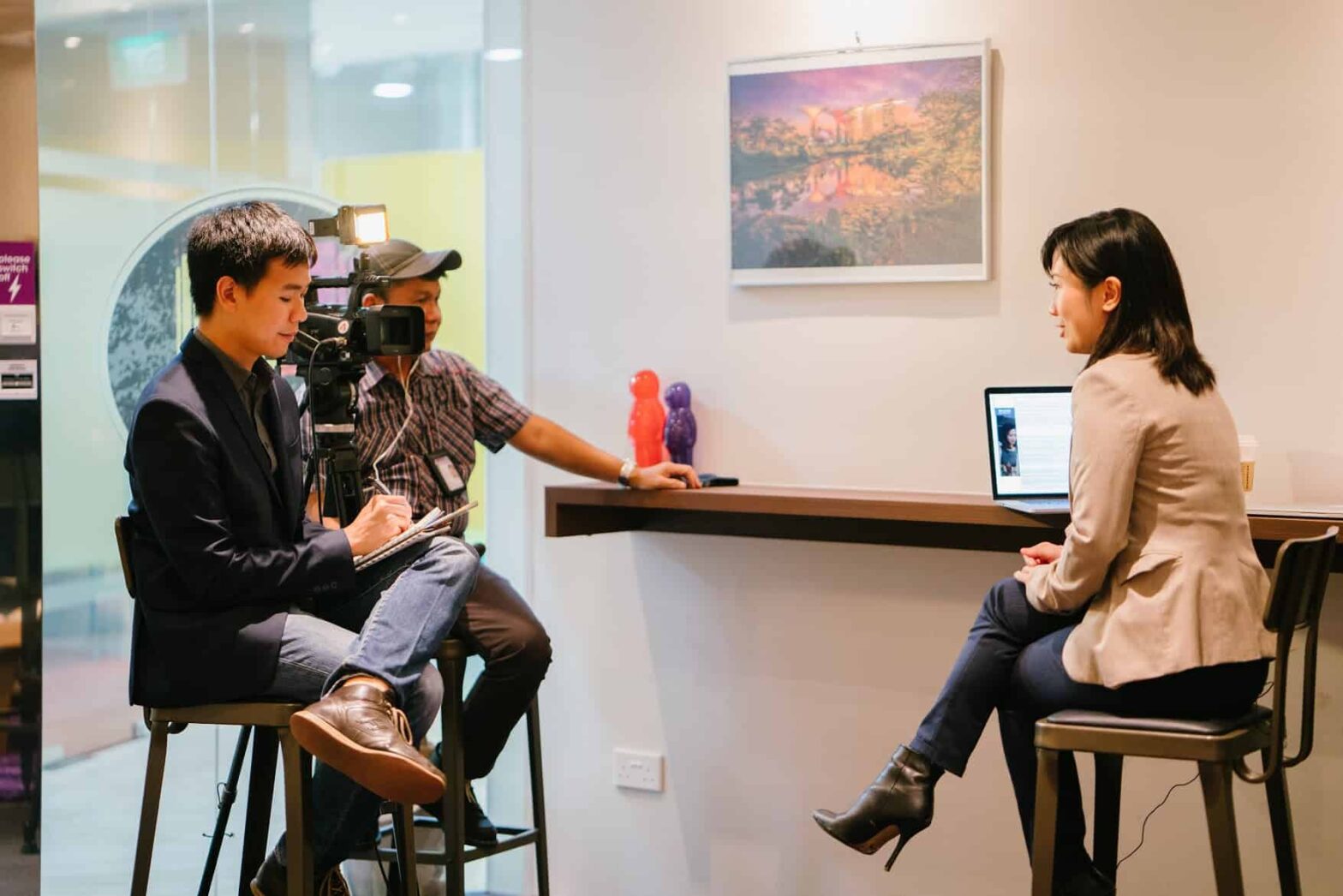Vietnam is one of Southeast Asia’s most dynamic markets – over 100 million people, a fast-growing economy, and a rising middle class. In just the first 5 months of 2025, nearly 66,800 new businesses were registered nationwide, with a total capital of approximately 647.1 trillion VND. The opportunity is huge, but so are the challenges. Again and again, even seasoned global brands stumble here. Some launch with high hopes, only to face public backlash, poor market fit, or exit quietly within months.
These outcomes rarely result from a lack of ambition or investment. Most stem from 4 recurring strategic mistakes. With sharp local insight and smart planning, they’re avoidable. The brands that win in Vietnam are those that adapt early, and build with the market, not just in it.
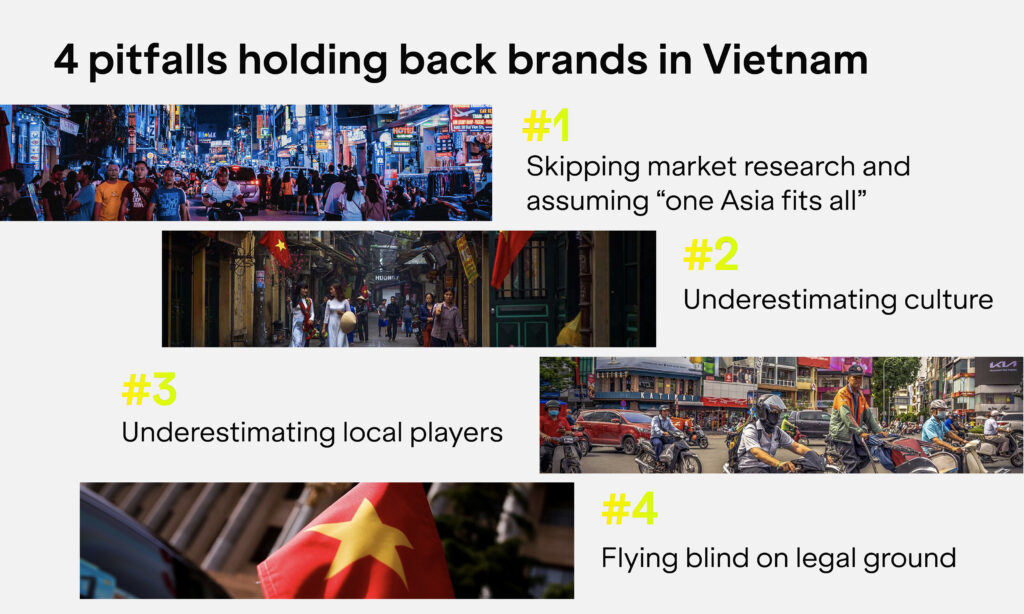
Mistake #1: Skipping market research and assuming “one Asia fits all”
Too many global brands make the mistake of treating Vietnam as just another stop on their regional rollout plan, assuming what worked in Singapore, Bangkok, or Jakarta will work here too. It won’t. And that assumption is often the first and most expensive misstep.
Zoomcar is a textbook example. The self-drive car rental platform thrived in India. But when it launched in Vietnam, the model didn’t stick. Why? Because Vietnam isn’t India. Here, motorbikes dominate everyday transport, and cars still represent social status, not convenience. The idea of casually renting a car to get around just doesn’t align with how Vietnamese consumers move, think, or spend.
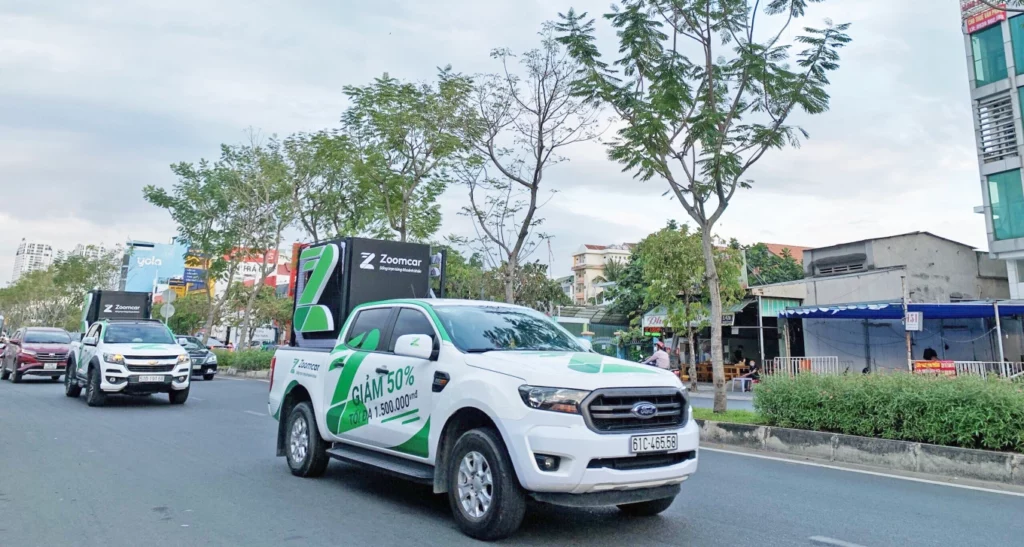
Zoomcar didn’t localize its model deeply enough and quietly exited the market soon after. Their story is a clear reminder: even the most innovative companies can fail when they don’t take time to understand how the market actually works.
What to do instead: Dig deeper. Vietnam demands more than surface-level stats. Success means understanding not just who your consumers are, but how they think, what drives their choices, and why culture and region matter.
Real localization starts with asking better questions and having the agility to adjust when the answers challenge your assumptions. The brands that win here don’t guess. They research, adapt, and align every step from strategy to execution.
Mistake #2: Underestimating culture
Let’s be clear: in Vietnam, culture isn’t just context; it’s a critical success factor. This is a market where national identity runs deep and where consumers respond immediately to anything they perceive as tone-deaf or disrespectful. Brands that miss the mark here don’t just lose momentum; they lose their license to operate.
Take Chagee, for example. The brand entered Vietnam with a polished campaign but included a map that featured the “nine-dash line” – a highly sensitive political symbol. The result? Instant public outrage calls for a boycott, and a complete collapse of brand credibility. Within weeks, Chagee was effectively wiped off the market. It wasn’t the product or pricing that failed; it was a lack of cultural awareness.
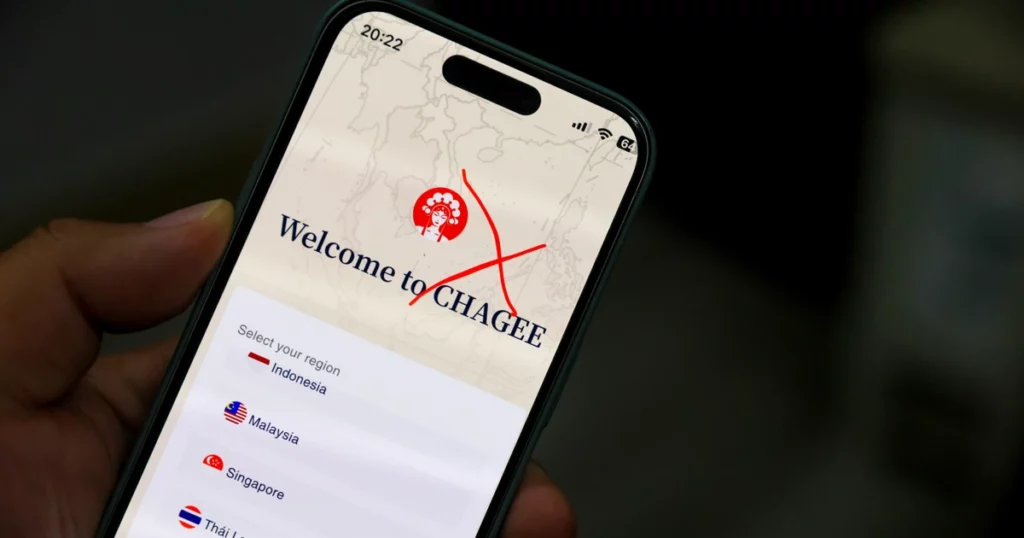
This wasn’t an isolated incident. It’s what happens when brands underestimate how fast and how fiercely Vietnamese consumers can respond. And it’s entirely avoidable.
What to do next: Build culture from day one. Smart brands seek local insight early, stress-test every message, and craft content that speaks to Vietnamese values. Culture isn’t a box to tick; it’s the ground your brand is built on.
Mistake #3: Underestimating local players
A common blind spot for international brands entering Vietnam is assuming global success guarantees local dominance. It doesn’t. Vietnam is a fast-moving, culturally specific market where domestic competitors are not just experienced. They’re agile, deeply connected, and fiercely competitive. Brands that don’t take them seriously get left behind.
That’s especially clear in tech. Gojek rebranded as GoViet but still struggled to gain ground. Meanwhile, local platform Be pulled ahead by speaking the cultural language. Campaigns like “Be Boat” during floods and “Be Helicopter” on national holidays struck emotional and national chords. Be didn’t just compete on features; it competed on meaning.
What to do instead: Build the market, not just for it. Success in Vietnam starts with deep local insight, and the right partners who understand how people think, feel, and respond. From there, stay agile. Adapt your model in real time as the market shifts. Don’t force a one-size-fits-all playbook. Build a brand that listens, evolves, and connects. In Vietnam, the winners aren’t just operationally sharp; they’re culturally fluent.
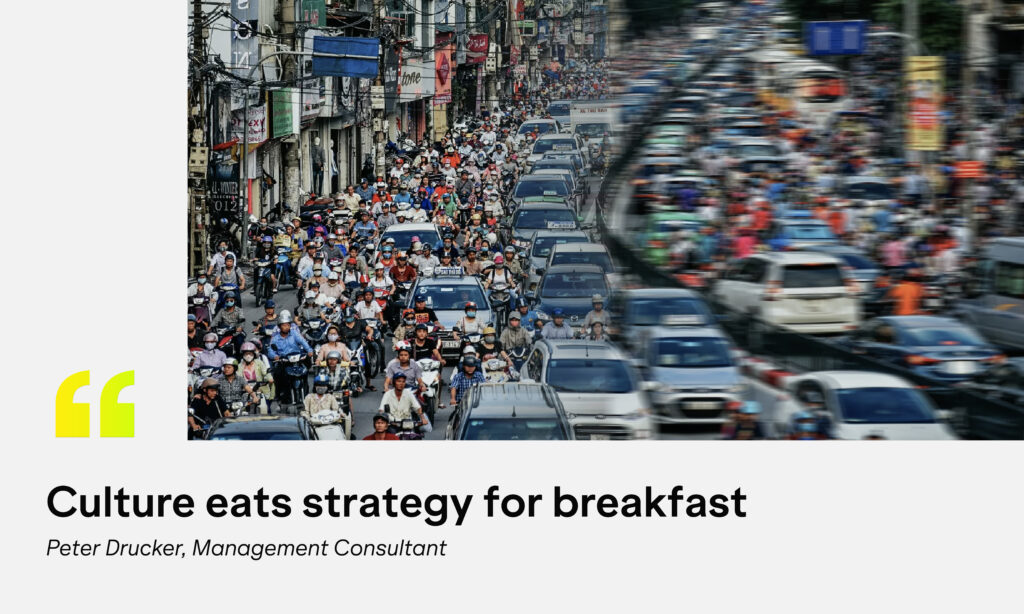
Mistake #4: 𝐈𝐠𝐧𝐨𝐫𝐢𝐧𝐠 𝐥𝐨𝐜𝐚𝐥 𝐫𝐞𝐠𝐮𝐥𝐚𝐭𝐢𝐨𝐧𝐬 𝐚𝐧𝐝 𝐜𝐨𝐧𝐭𝐞𝐱𝐭
Too many global brands enter Vietnam focused on messaging, product, and distribution; but overlook a crucial foundation: alignment with local regulations and the broader policy environment. In dynamic markets like Vietnam, success isn’t just about market fit; it’s also about understanding how systems operate on the ground. If strategy is the engine, then awareness of regulatory context and government dynamics is the road. Without it, even the most promising brands can lose momentum.
Uber learned this the hard way. It entered Vietnam using the same playbook as in other markets. But local laws, from taxation to transport partnerships and user responsibility, didn’t match the model. Uber didn’t adapt; and by 2018, it was out. The exit cleared the way for competitors who took the time to understand, and work with, Vietnam’s legal realities.

The real risk with legal missteps? You don’t see them coming. Unlike a media crisis, they don’t trend; but once they’re hit, they’re hard to fix. These silent cracks can take down an entire operation if not addressed early.
What to do instead: Understand the regulatory landscape before you enter. Before making any major investment, take time to map out the essentials, from business setup and licensing, to industry-specific regulations, content guidelines, and tax considerations. Just as important, build strong local partnerships. Work with people who truly understand how the system operates, both formally and informally, and how to help you stay responsive, aligned, and future-ready.
Bottom Line
Vietnam isn’t just another pin on the map. It’s a dynamic, fast-evolving market that demands more than a copy-paste strategy.
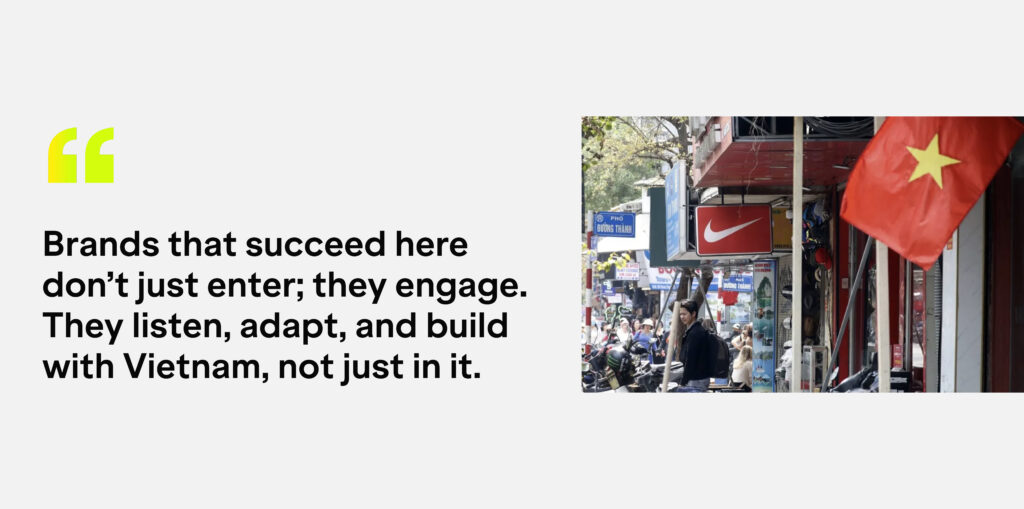
At Ivy+Partners, we believe true market success in today’s interconnected world goes far beyond mere translation. We support you in localizing your message to ensure it resonates deeply with the target audience, fostering genuine relevance and making your brand an integral part of the local community. In dynamic and diverse markets, this profound level of cultural integration is precisely what distinguishes winning brands from the rest.





